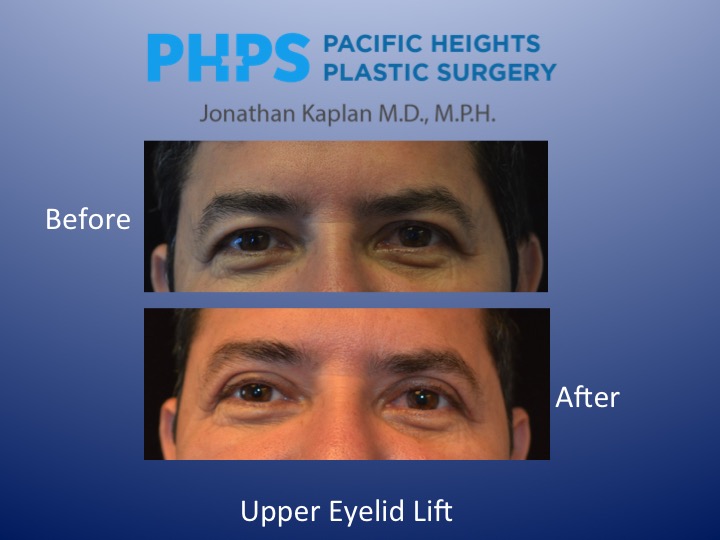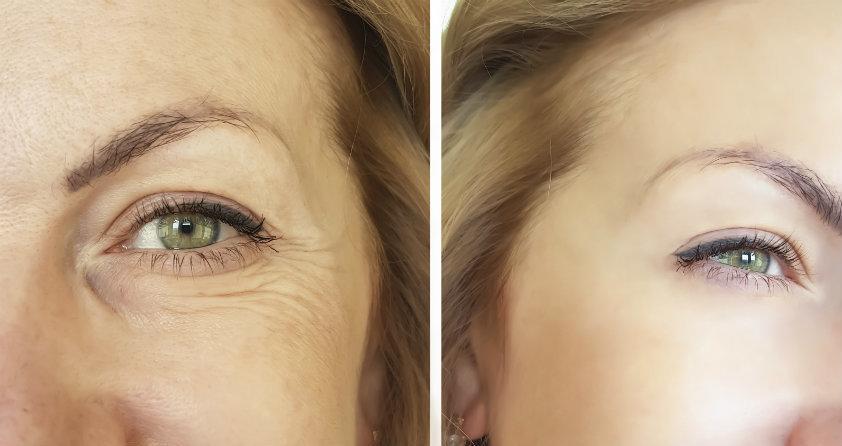
There are two ways to have breast surgery: A woman can either have breast reconstruction with implants or her own tissue. An autologous breast reconstruction can be done by using the patient's lower abdominal muscle segment, back muscle, and fat. A woman can have a skin-sparing, nipple-sparing mastectomy. Both of these methods can result in scarring. Breast surgeries are not right for everyone.
Breast reduction surgery
Most breast reduction surgeries can be performed outpatient. After the procedure, the patient may experience some swelling and discoloration, but the swelling will eventually disappear. After the procedure, stitches and bandages are removed. The patient is advised to refrain from strenuous activities for at least a month. Although a breast reduction may cause discomfort, the breasts will soon look normal again. The results of surgery can be seen six to twelve months after the procedure.
The surgeon will then make incisions in the skin near the natural creases in the breasts. These incisions can be used to remove excess skin or fat. Women may have their areolae raised. The surgeon will close off the incision by using dissolvable external and internal sutures. A night stay may be necessary for the surgical recovery. Afterwards, the patient will be released from the hospital. It can take approximately two to five hours to finish the surgery.

Mastectomy with nipple-sparing
An alternative to radiation therapy for breast cancer is a Nipple-sparing mammectomy. This procedure preserves the breasts of the patient while avoiding radiation treatments. Even though not all women who are undergoing this surgery will do so, about 30% of those who are new to the procedure may not be required to undergo radiation treatment. In general, this type of surgery is a viable option for women with large or small breasts.
Although not readily available, this type of surgery has positive results. It preserves the entire outer layer of breast skin, as well the nipple area and darker circle. Usually, a breast reconstruction is performed immediately following a NSM. While it isn't widely used for mastectomy it has been gaining popularity as an alternative to more traditional methods of treating breast cancer. Its benefits outweigh their disadvantages.
Mastectomy to save skin
A skin-sparing mastectomy is a surgical procedure in which all of the breast skin, excluding the nipple and areola, is preserved. This allows surgeons to reconstruct the breast without scarring. To replace the volume lost, a surgeon will use either a flap (or an implant). There are two types of skin-sparing mastectomy: a TRAM flap or a Latissimus flap. Both use the tissue and muscle of the breast to reconstruct it.
The skin-sparing procedure for mastectomy offers many benefits, including the preservation or the native skin layer. The cosmetic results of a breast reconstruction are improved by the preservation of the native skin and inframammaryfold. This procedure also eliminates the need of contralateral symmetrizing. However, skin-sparing matectomies can pose a few risks.

Modified radical mastectomy
You may be concerned about the risks associated to a radical mastectomy. Compared to a conventional, full-thickness mastectomy, a modified radical mastectomy removes only the breast and most of the lymph nodes and lining over the chest muscles. This type of surgery preserves breast tissue. This type of surgery is not for everyone, so you need to talk to your doctor before deciding what kind of procedure to choose.
While the majority of hospitals are now using traditional modified radical mastectomy techniques, it isn't widely used. Modified radical mastectomy techniques are geared towards protecting the anterior nerve and the intercostobrachial. These nerves should be preserved for pure sensory functions. These techniques are very similar to the ones used in Patey's, Meyer's, Halsted and Meyer. Moore61 in 1867 described one such method.